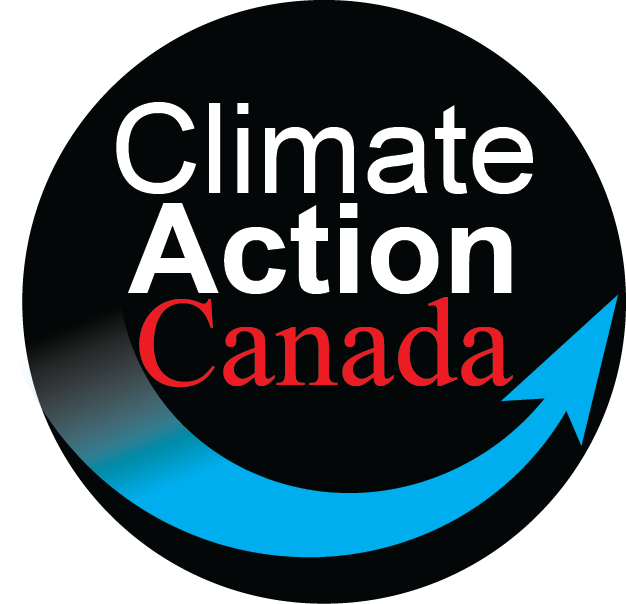Organizing a Community
If your group or community is just getting started, here are three suggestions to help you organize, plan, and promote your activities.
1. Establish a community network
There may already be a community network, or a contact list in place. Include:
- residents associations
- business associations
- faith groups
- cultural associations
- parks, greenspace, or naturalist groups
- youth groups (Scouts, Guides, and school groups)
- ongoing community-led projects
2. Complete a community scan
A community scan will help you understand who is doing what, and what resources are available. It's a useful step in planning what kinds of activities your group can contribute, and where you might find partners and allies. This can be an internal document for you network, and it can provide the background research for a community action plan.
For a community scan for climate action, include:
- projects and activities with a direct and measurable benefit in reducing carbon emissions
- projects and activities where climate action is a co-benefit
- other projects and activities that contribute to a complete community as a foundation for a low-carbon society
3. Draft a community climate action plan
A community plan is where you can sell your community vision, network, and the projects that will enhance the community and help people save energy and live better. A good plan is the cornerstone for fundraising and promotion.
Get Organized

Is your community organized? Here's a quick list of questions to ask to see what might already be in place:
- How many groups are there?
Include green groups, residents associations, business associations, faith, cultural, recreation, social services, health, and any other groups or agencies that are part of the community. - How many major groups are there?
Which groups could be expected to play a lead role in networking and community action? - Is there an existing community network?
Is there an existing network, or even an informal contact list and opportunities to meet? - Is there a community action plan?
Is there a community economic development plan, a healthy community plan, or any other plan based on community consultation and collaboration? - Are there existing priorities?
Are there existing community priorities that are widely accepted? - Are there existing campaigns?
Are there any campaigns or collaborative projects already underway? - Is there support for community action?
What funding and other support is already in place in support of community networking and action?
Community Action Manual

There are no hard and fast rules about organizing a community network and action plan - only suggestions. You can do an elaborate community plan, or a simple networking session to bring like-minded people together. You can start small and simple, and let the process evolve as opportunities present themselves.
Here's a community organizing guide that was developed and tested in the early 1990's by the Conservation Council of Ontario and revised in 2010. It has fifteen steps to organizing, worksheets, and field notes. The resources and links may be out of date, but the ideas are still solid!
This model was used by the Conservation Council to help several communities across organize for action:
- The City of Cambridge held community workshops to establish City Green, which is still active today.
- Elora, Port Hope,and Thunder Bay used their community action plans to demonstrate local capacity and secure provincial funding to establish a Green Community initiative.
- The City of Toronto network ran a Toxic Free campaign that paved the way for city programs to reduce household hazardous waste.
Case Studies
Here's the thing: there are not a lot of examples of low-cost, community action plans. There are many examples of municipal community action plans, which use community consultation to develop recommendations for municipal leadership, but there are very few examples online that demonstrate the above aspects of community organizing and planning.
Here are some examples:
- Sustainable Neighbourhood Retrofit Action Plans (SNAP): The Toronto Region Conservation Authority has a great program in place to help neighbourhoods develop projects that improve the environment and build community. The website profiles six local plans and their projects - an excellent collaboration between the authority, local municipalities, and the community.
- the Greater Sudbury community network: the City of Greater Sudbury maintains a web list of community groups and contact information
- the Harbord Village Green Plan: developed by the Harbord Village Residents Association, the plan shows opportunities for greening the neighbourhood and alleyways, including both resident and City actions.
- Green Bloc Neighbourhoods: more a neighbourhood project than a network, but a great looking project that would work well with a community network.
Clearly, it is still an emerging concept to think of community groups and community networks as active partners in climate action.
If you have other examples or case studies, please let us know!
